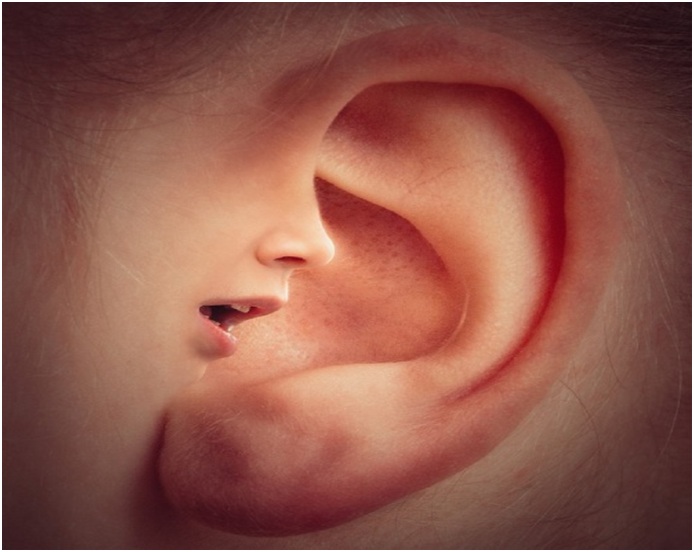How can you help your child with an ear infection?

An ear infection can be categorised either middle ear or external ear infection. The most common ear infection among children is the middle ear infection or also called acute otitis media. An external ear infection is termed as otitis externa. A middle ear infection can evolve into more severe forms like “glue ear” or chronic ear inflammation.
Acute otitis media in children is typically presented with symptoms such as ear pain, fever, anorexia, vomiting, ear discharge and sometimes temporary hearing impairment. If looked under a special device called otoscope, the eardrum will often be seen as bulging red membrane and if severe it may perforate as well. On this article, we will discuss both the treatment and what the parent can do when their child is having a middle ear infection.
- Middle Ear Infection
- Pain Killer(s) and Watchful Waiting
Relieving pain is can improve significantly the outcome of middle ear infection based on multiple clinical reviews. Pain relief can be either the Non-Steroidal Anti-Inflammatory Drugs (NSAIDs) such as Ibuprofen or Paracetamol. Both of the pain killers have been shown with great efficacy to reduce pain and inflammation due to the infection. The advantage of this method is the parent(s) can get the medication over the counter (without a prescription).
Some children will have their infection resolved within 72 hours hence the recommendation that a watchful waiting together with pain killer is a considerable action. However, if the child has worsening symptoms, for example, the rising of body temperature greater 39 degrees Celcius or severe ear pain despite pain killers, then advance treatment is necessary as below.
- Antibiotics
Antibiotics are drugs being used to fight bacterial infection. The choice of antibiotics depends on the several criteria such as the severity of the symptoms and the age of the child. Generally, antibiotics are given straight away to children younger than 2 years-old after the diagnosis is being made to avoid further complication and prolongation of the symptoms. Children above the age of 2 with severe symptoms and signs also will be given antibiotics and no need to be put on watchful waiting as compared to other children.
- Other treatments & managements (not fully proven)
Since the proximity of the ear canal and the nose is very much near, some children may also experience nasal symptoms like a blocked or runny nose. Providing symptoms relief for the blocked or runny nose by giving decongestant and antihistamines may relieve the symptoms but it may lead to prolong effusion or ear symptoms.
There was also some researches that have shown the effectiveness of some herbs like garlic, mullein and marigold in olive oil when compared to a topical anaesthetic agent in relieving the pain. More research is needed to evaluate the full benefits and safety of these herbs.
Application of external heat/cold to the ear may also help reduce the pain but its long term effectiveness is not proven yet.
In summary, an ear infection is an unpleasant illness for anyone who has faced it and quick symptomatic relief can improve the quality of life significantly. Ask questions to doctor if your child is having any of the ear symptoms above which may indicate an ear infection.








